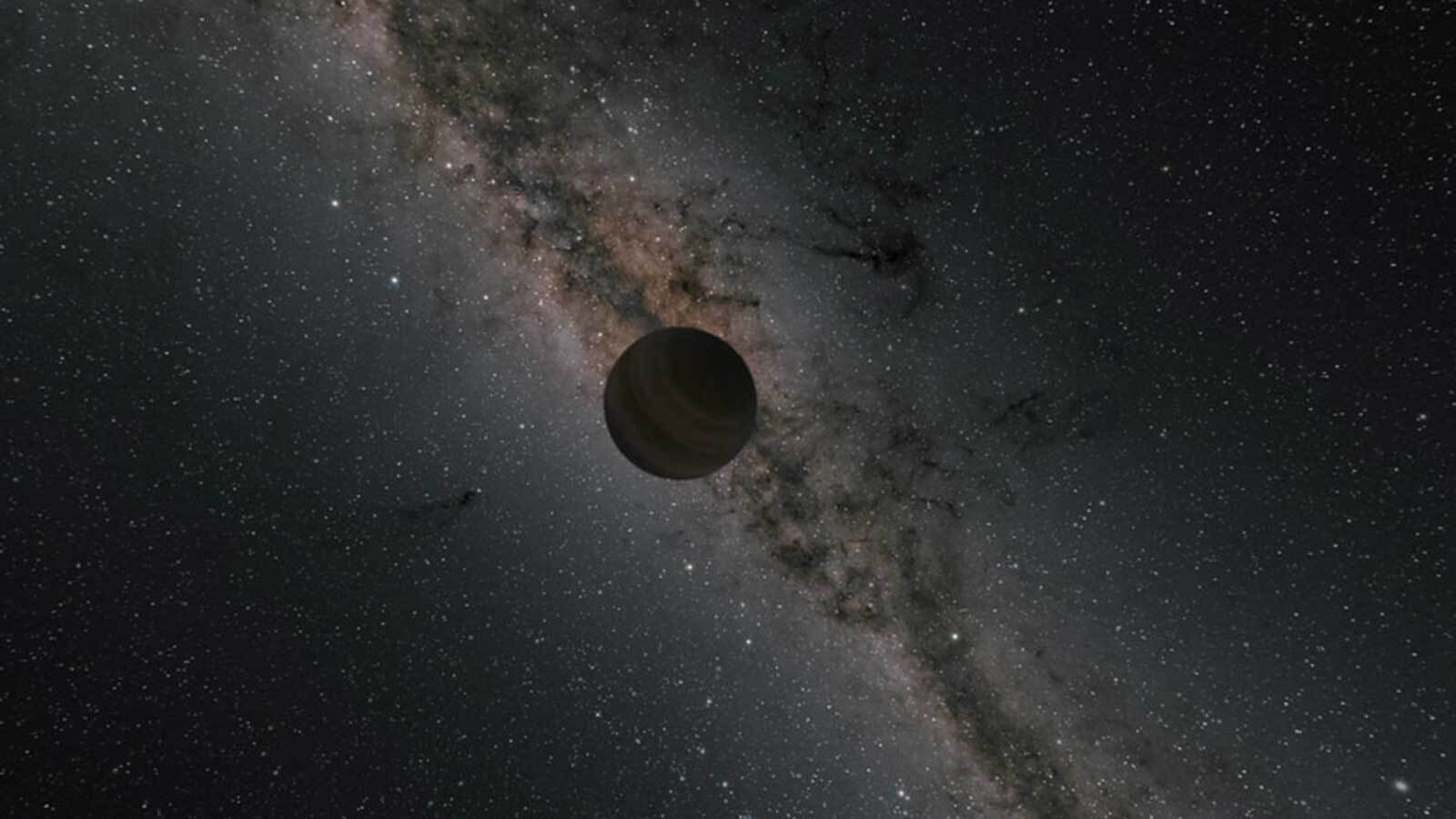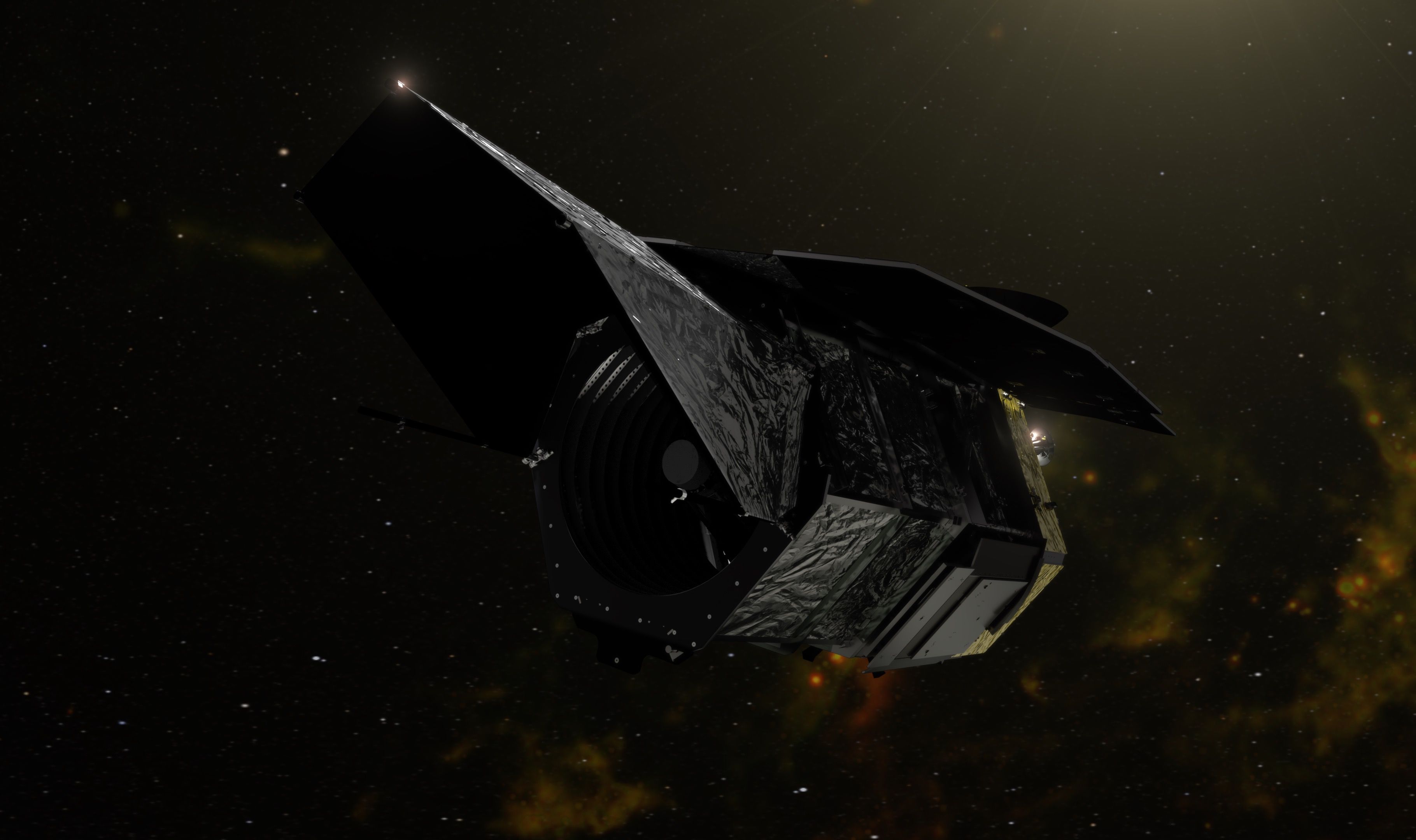Rogue planet discoveries with LSU Astronomy
We grew up learning about the eight planets—sorry, Pluto, I don’t make the rules—but there’s so much more to the cosmos than that. Some exciting news for the LSU community: LSU Department of Physics & Astronomy Assistant Professor Matthew Penny is part of a team looking to improve the understanding of planet demographics by searching for rogue planets.
But what are rogue planets, you might ask?
“Astronomers and planetary scientists have learned a huge amount about how the solar system and other planetary systems form, but we still lack a good understanding of all the physical processes involved and how they fit together,” explains Penny. “We think that the Earth and moon took their final form after a collision between two large protoplanets, but the same kind of encounter between planets orbiting a star can result in one of the planets being flung off into space, no longer orbiting the star they were born around. If we want to fully understand how planetary systems form, we need to be able to account for the planets that go missing—planets we call rogue planets.”

In the past, rogue planets have been extremely hard to capture. But with the help of NASA’s Nancy Grace Roman Space Telescope, it should be a bit easier.
“The trouble is, these rogue planets don’t emit any significant amount of light, nor do they have an effect on their parent star, so for the most part, astronomers have no way of studying them,” he explains. “The Nancy Grace Roman Telescope can search for them, though, by using the gravitational field of the rogue planet itself to bend the light of a background star and cause it to temporarily get brighter in what’s called a gravitational microlensing event. It’s an extremely unlikely, short-lived event, but by monitoring hundreds of millions of stars every 15 minutes for over a year in aggregate, our simulations have shown that the Roman telescope can expect to detect around 200 rogue planets with masses stretching from one-tenth of Earth’s mass to larger than Jupiter.”
What makes the Roman telescope different than other telescopes, though? In short, it can take high quality and widespread images.
“In the past, space telescopes have been able to do either one of two things: produce very high-resolution images by being above the atmosphere—like the Hubble telescope—or provide wide-field but low-resolution images—like the Kepler telescope,” explains Penny. “Roman is the first space telescope to be able to do both. It provides images with a similar resolution to Hubble, but are 100 times larger. It has also been built as a survey telescope, so it is extremely efficient and can complete some projects at 1,000 times the speed of Hubble. It’s these features that enable Roman to conduct its survey for regular exoplanets that still orbit a star and rogue planets.”
And there you have it, your daily dose of planetary science. Stay tuned for more on the Roman telescope, which will launch sometime in the mid-2020s.
Rogue planets piqued your interest? Hear more from Penny in the upcoming event Visitors from Outer Space: Interstellar Comets, Asteroids, and Rogue Planets on September 10, hosted by Astronomy on Tap Baton Rouge.












